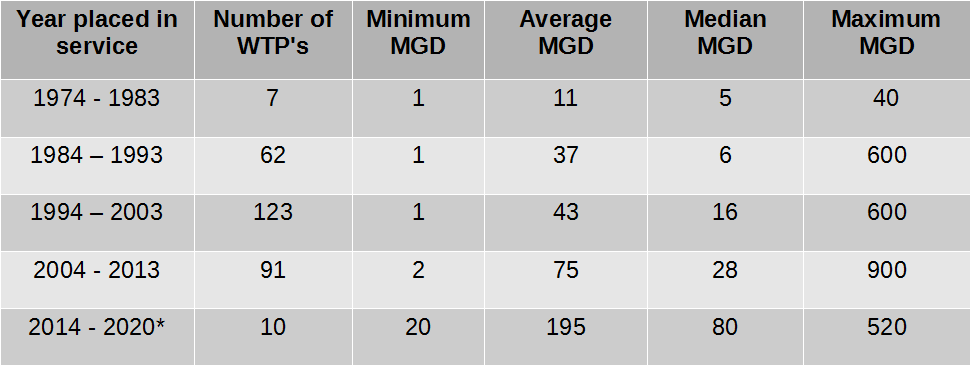Cleanliness, especially in high-risk environments such as hospitals, plays a crucial role in keeping people healthy and safe. But traditional chemical cleaners gradually take a toll on the human body. Director of environmental services and patient transportation at Cape Coral Hospital, Richard Helvey, began to research the potential aqueous ozone as an alternative to chemical cleaners when he noticed the adverse effects they were having on his staff.
In an article covering his work (link below), Nicole Bowman writes, “For decades, the environmental services department at Cape Coral Hospital tackled infections using a traditional arsenal of cleaning chemicals which included general-purpose cleaner, a hospital grade disinfectant, glass cleaners, floor cleaners, carpet cleaners, and specialty cleaners.” The most common side effect of long-term exposure to these chemicals on hospital staff is occupational asthma.
According to research conducted by the U.S. Centers for Disease and Prevention’s annual National Health Interview Survey (NHIS) the healthcare industry reported a higher prevalence of asthma than any other major industry group. Constant contact with substances such as latex and formaldehyde in addition to a daily barrage of aerosols and other cleaning chemicals puts healthcare workers at high risk for asthma attacks and asthma-related emergency room visits. Concerned for the safety of his staff, Helvey turned to aqueous ozone as an environmentally safe solution that was still effective enough to be used in a hospital setting.
Aqueous ozone combines regular tap water with ozone gas to create a substance that is attracted to germs, bacteria, and other contaminants. The ozone attaches itself to these soils and breaks them down, turning back into oxygen and water in the process. This results in a residue-free cleaner that doesn’t leave streaks, and more importantly, doesn’t contain harmful VOCs or fragrances.
Helvey and his staff found that not only was aqueous ozone an effective cleaner, it was also an effective deodorizer that worked by breaking down the bacteria that causes odors rather than simply masking the scent. Quoting Helvey, Bowman writes, “We all noted the scent after using it is the same smell you might detect after a thunderstorm — that smell you recognize is ozone.”
Helvey’s work and research led the environmental services department and infection prevention department at Cape Coral hospital to replace all its general-purpose cleaners, glass cleaners, and carpet cleaners with aqueous ozone. They even stopped using restroom deodorizers. Cape Coral became the first of all five hospitals within the Lee Memorial Health System to make this switch.
In addition to improving the environment for their workers, the hospitals have benefited from saving tens of thousands of dollars on chemical purchasing cost. After the initial equipment investment, the only other cost to use this equipment is water and sewage. “Additional benefits,” Bowman writes. “include reduced chemical inventory storage demands, reduced chemical packaging waste, and reduced supply distribution labor.”
Aqueous ozone has a ton of potential as a general purpose cleaner inside and outside the healthcare environment. At Oxidation Technologies, we sell a variety of ozone equipment including the O-pen and Ozo-pod and Spray Bottle, which all create small amounts of aqueous ozone very simply and on demand. To find out more about these and our other ozone-related products, check out our website.
Click here to read the cited article :
https://www.cleanlink.com/hs/article/Aqueous-Ozone-Controls-Pollutants-And-Protects-Staff–23730

